
Meet Alfred Mukudu in this third post of the Humans of SAS Services series.

Meet Alfred Mukudu in this third post of the Humans of SAS Services series.

When the pandemic began, a therapist told me that the one thing that would be consistent during this time is the fact that my emotions would be inconsistent. This would be one thing I could actually count on. My acceptance of this has been my lifeline for getting through this

Ein Wortwechsel mit Prof. Dr. Roland Potthast. Er ist der Leiter der Datenassimilation beim Deutschen Wetterdienst.

Twelve years ago, the banking industry suffered deep reputational damage in the wake of the 2008 global financial crisis. Bankers took the blame – in some cases deservedly – for large-scale economic problems that took a severe toll on many of society’s most vulnerable people. The crisis severely shook banks

Mehr zum Thema erfahren Sie in unserem Partner-Webinar mit dem Behördenspiegel.
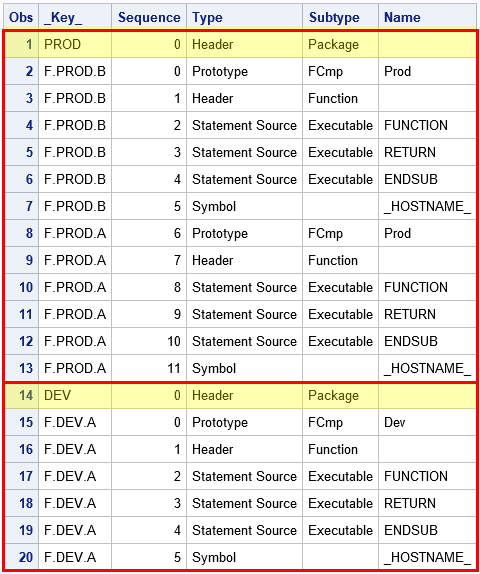
I got a lot of feedback about my recent article about how to find roots of nonlinear functions by using the SOLVE function in PROC FCMP. A colleague asked how the FCMP procedure stores the functions. Specifically, why the OUTLIB= option on the PROC FCMP statement use a three-level syntax:

It is becoming common to attribute huge changes in any sector to part of the global response to the pandemic. I’d argue that the pandemic has simply accelerated changes that were already happening in this sector. To test this hypothesis, I caught up with Alex Kwiatkowski, Principal Industry Consultant for

Meet Mario Weitenbacher in this second post of the Humans of SAS Services series.

All leaders must have the courage to challenge the status quo and have the personality to influence stakeholders across the organization.
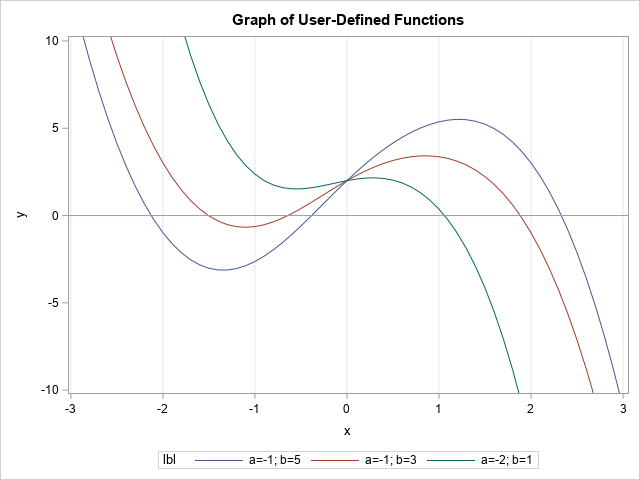
Finding the root (or zero) of a nonlinear function is an important computational task. In the case of a one-variable function, you can use the SOLVE function in PROC FCMP to find roots of nonlinear functions in the DATA step. This article shows how to use the SOLVE function to

Recently, we announced a strategic partnership between SAS and Microsoft that includes deep integration for SAS technologies across all three of Microsoft’s clouds: Azure, Microsoft 365 and Dynamics 365. As migration of data to the cloud continues to increase, SAS is engineering our software to work in the cloud through

Real value comes from data when you can start integrating disparate data sources together.

Remember Subconscious Musings? It was the name of the blog Radhika Kulkarni (now retired Vice President of SAS R&D) started in 2012. She wrote about trends that drove innovation and challenges that expanded the boundaries of what we thought was possible. It eventually evolved into what we now know as
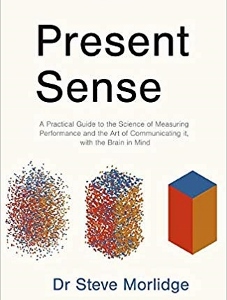
Excerpt from Steve Morlidge's new book Present Sense (Matador, 2019). Part 3: Not Storytellers But Reporters This is not the place to explore the role and ethics of performance reporting in detail, but I think there are at least four key duties. The duty of clarity Performance reports should be

Excerpt adapted from Steve Morlidge's new book Present Sense (Matador, 2019). Part 2: Not Storytellers But Reporters News and Evidence If we ever doubted the importance of having a capability to assimilate mountains of detail, synthesize it and present it in an accessible and balanced way, the storm around the

It's no secret that The BFD is a huge fan of Steve Morlidge. Morlidge has contributed work of fundamental importance to our understanding of the practice of business forecasting. His studies of forecast quality exposed the abysmal nature of the practice, including the startling statistic that perhaps 30-50% of real-life
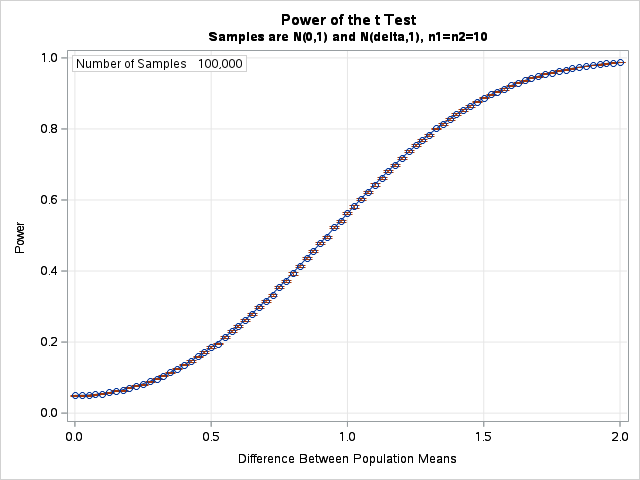
I recently showed how to use simulation to estimate the power of a statistical hypothesis test. The example (a two-sample t test for the difference of means) is a simple SAS/IML module that is very fast. Fast is good because often you want to perform a sequence of simulations over
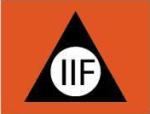
The International Institute of Forecasters and SAS® announce two $10,000 grants to support research on forecasting. Per the announcement: Forecasting research has seen major changes in the theoretical ideas underpinning forecasting effectiveness over the last 30 years. However, there has been less impact on forecasting practice. We aim to put this right.

Lisa Lucas explains why people, knowledge and tech are vital for contact tracing.

Could you pass a test on coronavirus testing terms? Jim Harris can help.

Vivimos en la era de la hiperconectividad, nos comunicamos con el mundo en un entorno cada vez más digital. Y, precisamente, una de las principales consecuencias del COVID-19, al margen de las sanitarias y las socioeconómicas, ha sido una significativa aceleración de la digitalización tanto a nivel individual como empresarial.

As he watched me unpack yet another Amazon delivery, my husband decided to do an intervention. Scattered around me on the floor were solar panels, water purification tablets, tarps, hunting knives and enough batteries to power New York City for many weeks. It was 2019 and hurricane season was upon
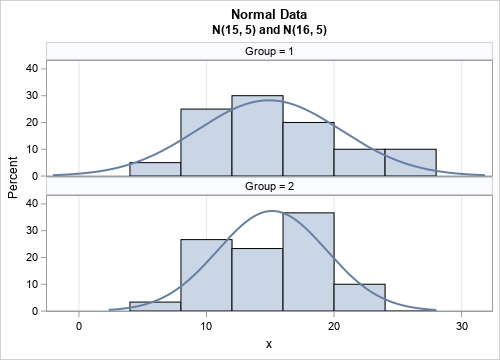
A previous article about standardizing data in groups shows how to simulate data from two groups. One sample (with n1=20 observations) is simulated from an N(15, 5) distribution whereas a second (with n2=30 observations) is simulated from an N(16, 5) distribution. The sample means of the two groups are close

As we saw in the last installment, The Confidence Man works by making every assertion -- no matter how ridiculous, heinous, or false -- with extreme confidence. By following this practice, with never a waver or inkling of self-doubt, roughly 40% of people will follow along in adoration. If you

Hidden Markov Models Introduction Statistical models of hidden Markov modeling (HMM) have become increasingly popular in the last several years. The models are very rich in mathematical structures and can form the theoretical basis of many real applications. In the classical continuous/discrete Markov process, each state corresponds to an observed

Katherine Taylor explains how and why new data improves risk models.

A common operation in statistical data analysis is to center and scale a numerical variable. This operation is conceptually easy: you subtract the mean of the variable and divide by the variable's standard deviation. Recently, I wanted to perform a slight variation of the usual standardization: Perform a different standardization

Identification of Concepts and Topics based on out-of-the-box rules. It is common practice to develop a business or industry specific taxonomy.

An embedding model is a way to reduce the dimensionality of input data, such as images. Consider this to be a type of data preparation applied to image analysis. When an embedding model is used, input images are converted into low-dimensional vectors that can be more easily used by other computer vision tasks. The key to good embedding is to train the model so that similar images are converted to similar vectors.

In the early days of the COVID-19 pandemic, the issue of tax administration was low on the agenda for most. Beyond the obvious public health concerns, most business and government leaders were focused on how best to keep businesses afloat. But for those in federal, state and local governments responsible